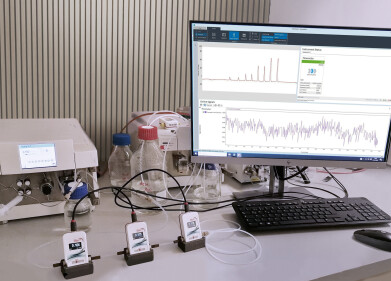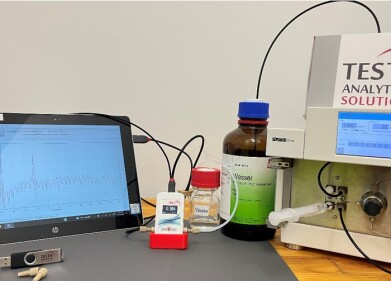HPLC, UHPLC
Salem Water Crisis — Chromatography in Action
Jul 06 2018
Chromatography is one of the most powerful analytical chemistry techniques we have. With relatively few components, a simple technique and sound theoretical underpinnings — it is no wonder that laboratories around the world adopt chromatography to help give them answers.
But it is also a technique that is hidden from view for the majority of the general public even though most of them probably experimented with chromatography at school — perhaps it is one of the things that people instantly forget when they leave school like long division and use of apostrophes.
But chromatography is very much a part of peoples’ everyday lives, and although it is one of the oldest instrumental techniques that we use it is still advancing rapidly to become even more useful to society. Let’s take a brief pause of see where chromatography is going and one example of chromatography in action.
Not standing still — evolving separation
The science of colour writing — or chromatography — is recognised to have begun in the mid-nineteenth century, although there is disagreement as to whether this is the first proper use of chromatography. That is usually attributed to a Russian botanist Mikhail Tsvet who used columns to separate plant pigments in 1903.
Since then, column-based chromatography has developed into the analytical instruments that are used today. It could be argued that much of the development in chromatography is centred around two main areas — improved resolution or separation and better detection — and indeed, correct set-up and use and current equipment targets the same two areas..
One of the relatively recent developments in chromatography is the use of ultra high-performance liquid chromatography (UHPLC). For many modern applications, UHPLC is seen as the gold standard in chromatography. It gives excellent resolution and allows high throughput — which means several HPLC instruments can be replaces by a single UHPLC instrument — saving time and money for pharmaceutical companies. The evolution of UHPLC can be found in the article, 14 Years on from the Introduction of UHPLC whilst exciting future developments are discussed in the article, The Evolution of Ultra High-Performance Liquid Chromatography: Expanding the Future of Separation Technologies.
Water everywhere — but don’t drink it!
A good example of chromatography being a vital part of everyday live is happening in the city of Salem, Oregon. The city gets it water supply from a reservoir known as Detroit Lake. And since May of this year, the city has been hit with at least four alerts warning residents not to drink the water coming from their taps, particularly residents categorised as vulnerable.
The alerts have been issued after high levels of cyanotoxins were found in the water — toxic algae that can give a range of symptoms from nausea and diarrhoea to breathing difficulties. The authorities are using chromatography to give accurate result of the levels of toxins in the water to keep the residents safe. Water is another thing taken for granted in modern life — just like chromatography.
Events
Jan 20 2025 Amsterdam, Netherlands
Feb 03 2025 Dubai, UAE
Feb 05 2025 Guangzhou, China
Mar 01 2025 Boston, MA, USA
Mar 04 2025 Berlin, Germany














